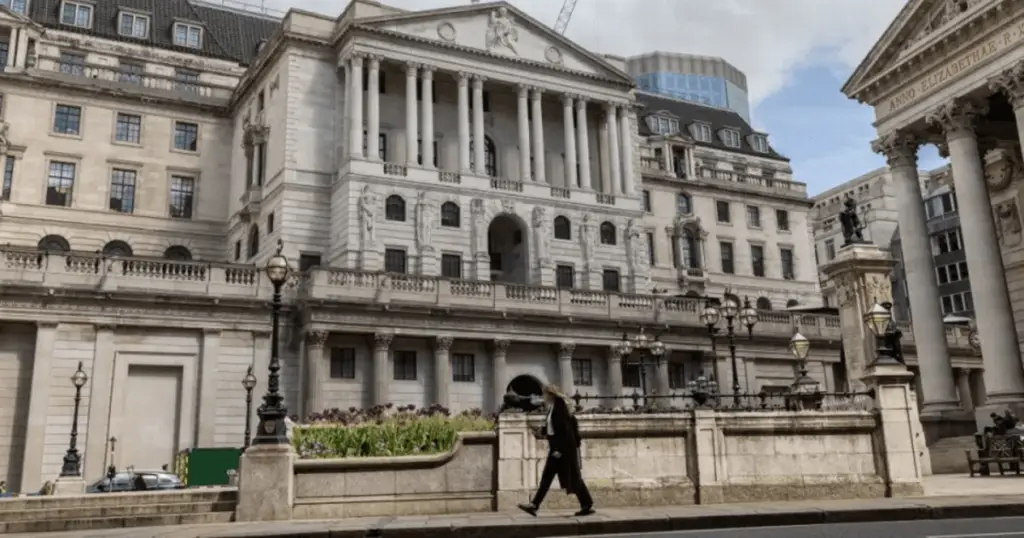Inflation in the United Kingdom remained steady at 2.2% in August, as newly released figures highlight ongoing price pressures. The Office for National Statistics (ONS) data indicates that the cost of living remains a significant concern for many households, and the Bank of England faces challenging decisions regarding interest rates.
The report from the ONS confirms that inflation in August held at 2.2%, consistent with July’s rate and in line with economists’ expectations. Core inflation, which excludes volatile items such as food and energy, experienced an uptick, reaching 3.6%, up from 3.3% in July. Grant Fitzner, Chief Economist at the ONS, elucidated that inflation stability was due to offsetting price fluctuations, with a notable rise in air fares to European destinations being counterbalanced by a reduction in fuel prices and lower costs in restaurants and hotels.
Transport prices saw a 1.3% month-on-month increase, whereas restaurant and hotel prices decreased by 0.7%, primarily driven by slower alcohol price growth compared to the previous year. Meanwhile, services inflation, a critical indicator of domestic economic trends, climbed to 5.6% from 5.2% in the previous month. This rise signifies the first increment since January, signalling persistent inflationary pressures. Ruth Gregory, Deputy Chief UK Economist at Capital Economics, commented that this increase in services inflation suggests the Bank of England is likely to refrain from lowering interest rates in the forthcoming decision.
Suren Thiru, Economics Director at ICAEW, noted that inflation is experiencing a challenging phase, with growth in service sector prices likely to keep the overall inflation rate above target for an extended period. Consequently, market anticipation builds ahead of the Bank of England’s upcoming rate announcement, with predictions leaning towards maintaining the Bank Rate at 5.0%. Following a rate cut last month, policymakers are expected to adopt a cautious stance amid enduring inflation indicators.
In contrast to inflationary trends, regular pay growth has remained robust, exceeding 5%, while unemployment has slightly decreased to 4.2%, reflecting a tight labour market. The Bank of England’s projections suggest that the inflation rate could approach 3% by year-end as the effects of lower energy costs wane.
During a recent address at the Jackson Hole summit, Bank of England Governor Andrew Bailey expressed caution regarding inflation projections, noting, “The second round inflation effects appear to be smaller than we expected, but it is too early to declare victory.” Despite the increased likelihood of a rate cut in the near term, market expectations are that the Bank will maintain current rates in the immediate future, with potential for a rate cut later in the year, possibly in November. Darren Jones, Chief Secretary to the Treasury, described lower inflation levels as “welcome,” yet acknowledged that prices remain significantly higher than four years ago.
As the Bank of England prepares to make its decision on interest rates, the persistent inflation and tight labour market present significant challenges. While the likelihood of a rate cut has increased, maintaining the current rate remains a strong possibility, reflecting the complex economic landscape.


